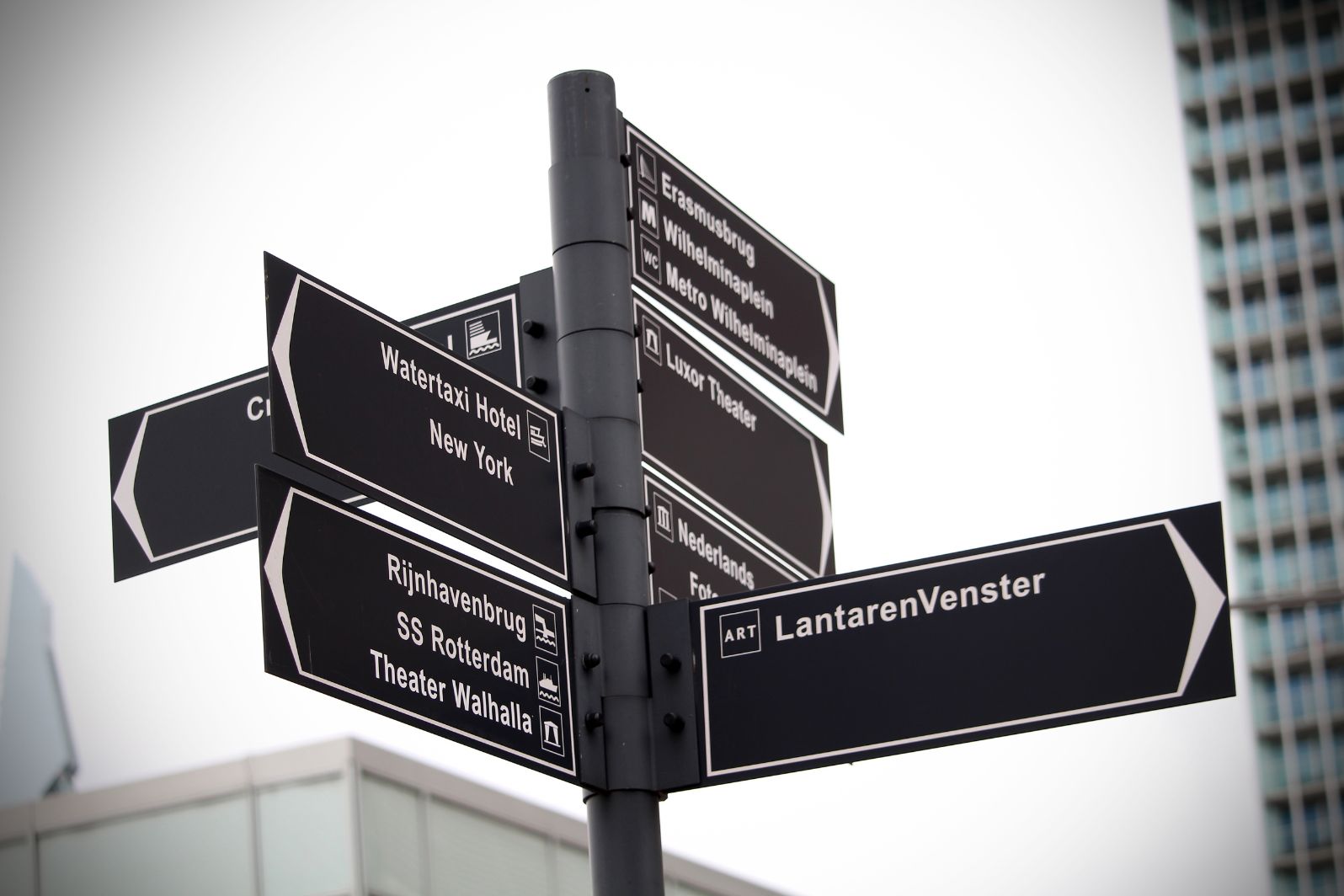Understanding signage symbols might feel overwhelming at first, but don’t worry! With some helpful tips, you’ll find it easier to grasp and use them effectively.
Are you a business owner or an event planner? Or simply someone who values clear communication and safety?
This guide is here to support you on your journey. Read on and let’s get started!
Table of Contents
Safety Signs
Safety signs play an important role in keeping everyone aware of potential hazards around them. They help us maintain a safe environment. Here are some examples.
Warning Signs
With a bright yellow background and bold black symbols, these signs alert individuals to dangers such as:
- slippery floors
- high-voltage areas
- heavy and high-voltage machinery
It’s crucial to heed these warnings to prevent accidents.
Mandatory Signs
These signs are shown with a cheerful blue background and white symbols. It reminds us to take important steps for our safety, like wearing helmets or goggles.
Prohibition Signs
In red and white, these signs state forbidden actions, like “No Smoking” or “No Entry.” They ensure a safe environment in restricted areas.
Emergency Signs
Green and white signs guide people to safety equipment or exits during emergencies. They point to first aid kits, fire exits, and assembly points. This helps people find their way in a crisis.
Directional Signs
Directional signs are vital. They help people navigate and find their way in various places. Examples include:
Arrows
Arrows indicate the directions to follow. They help prevent confusion in busy places, like malls or airports.
Location Labels
Signs with clear labels like “Restrooms,” “Exits,” or “Offices” specify where to go, making it easier for visitors to locate important facilities quickly. They often feature universal symbols to assist those who may not speak the local language.
Maps
Larger signs that display a comprehensive layout of an area often include a “You Are Here” marker, providing a visual guide that helps individuals orient themselves and plan their route efficiently.
Informational Signs
These signs provide essential information that enhances the overall experience in various settings. Common examples include:
Restroom Signs
Indicate whether restrooms are designated for males, females, or accessible use. For instance, unisex restroom signs or womens bathroom ADA signs ensure everyone can find appropriate facilities without confusion.
Opening Hours
Display the business hours prominently, letting customers know when they can access services and helping manage expectations.
Instructions
Signage symbols with clear directives, like “Please Queue Here” or “No Flash Photography,” help maintain order and ensure visitors understand the guidelines for a positive experience.
Accessibility Signs
Accessibility signs play a crucial role in ensuring that spaces are navigable by everyone, promoting inclusivity and safety. These include:
Braille Signs
Featuring Braille for visually impaired individuals, these signs are crucial for providing information and promoting independence, enabling those with visual impairments to navigate confidently.
Wheelchair Access
Signs indicating ADA symbol, like ramps or accessible entrances are vital for ensuring individuals with mobility challenges can enter and move freely, demonstrating a commitment to accessibility.
Hearing Assistance
Symbols for hearing aid support or assistive listening devices create an inclusive environment for people with hearing impairments. They ensure full participation in activities or events.
Embracing the World of Signage Symbols
Knowing and using signage symbols is super important for communication and safety. Being familiar with safety, directional, informational, and accessibility signs benefits everyone.
Clear signs help prevent accidents, make it easier to navigate, and ensure inclusivity. So, keep in mind these symbols are essential for guiding people and creating a safe, welcoming space.
For more cool reads and a ton of knowledge, make sure to visit our blog!



